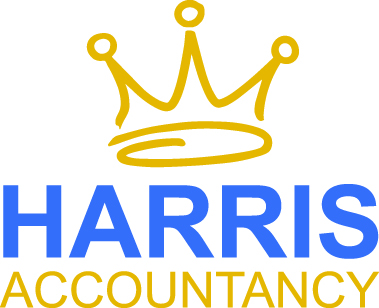This article looks at two common quasi equity investment options available for social enterprises and charities, as well as the tax reliefs that can be used in conjunction with debt and equity.
Quasi equity
Quasi equity is financing that reflects some of the characteristics of shares (equity) but not all.
Convertible Loans
Convertible loans are loans that can be converted to equity (shares) at some point in the future. This gives the organisation certainty over the interest payments initially (typically for 3-5 years) and then the investor has the option to convert their loan to a shareholding or have the loan repaid. This benefits the investor as they can benefit from larger dividend payments in comparison to the level of interest they were receiving, providing the organisation has grown sufficiently to make the dividend payments larger.
With CICs because of the dividend cap unless the organisation makes a lot of profit, being able to distribute 35% of profit as dividends may still only provide a small return to the investor. This option is not available to Limited by Guarantee companies or charities.
Revenue Participation Loans
Other financing options include revenue participation loans – where the interest rate is linked to the increase in turnover the organisation achieves. This is ideal if there are uncertainties or variations regarding what the turnover will be, as the organisation will pay a lower return if turnover does not increase much, and a higher return if turnover increases more.
This provides the investor with more risk, as they benefit if the organisation does well, but will also receive less if the organisation performs badly. From the organisation’s perspective, increasing turnover does not necessarily mean there will be an increase in profit/surpluses so this could be a costly type of investment if profit does not increase in line with the increase in turnover.
Variations on this type of financing include where the investment is linked to an increase in turnover for specific activities eg for trading income but not grant income, or for increases over a certain threshold.
The benefits of quasi equity are that where the investment is more like debt there is no dilution of ownership and control for social enterprises, and securing the investment will often be less time consuming and costly than trying to obtain equity investments.
How tax reliefs affect the financing
Social Investment Tax Relief (SITR) is available on both loans and shares providing certain criteria are met, which offers the investor 30% of their investment back as tax relief. SITR is only available to CICs, charities and Community benefit societies.
Seed EIS provides 50% tax relief for share investments in start up organisations, or organisations that are starting a new trading activity. The rate of relief is higher than the main EIS programme (which offers 30%) because start ups are seen as more risky. Seed EIS and EIS are only for share investments.
For charities it is possible to claim SITR on the loan investment. When the loan is due to be repaid, the investor can decide to donate their investment to the charity rather than have it repaid. At this point the investor can also receive Gift Aid relief on the amount of the donation. On this basis, with an investment of £10,000, a 45% tax payer could receive £3,000 SITR and then when converting the loan to a donation they could receive Gift Aid relief of £3,125. Clearly, from the charities perspective donations are better, as they would receive £10,000 from the individual plus £2,500 of Gift Aid relief.
The tax reliefs also cover any increase (gain) in the shares value, so the gain is typically tax free providing the criteria are met.






